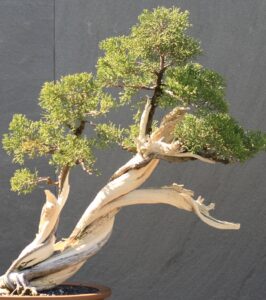
The Juniper tree belongs to the genus Juniperus, there are many types of juniper (bonsai) species that can be found worldwide. Juniper trees are commonly known for their evergreen foliage commonly used in ornamental shrubs, landscaping, and most commonly in bonsai cultivation.
Growing juniper trees as bonsai is much easier than the other tree species. They are more drought-tolerant and can thrive well without much attention.
Almost all of the juniper bonsai are the same, slightly different sometimes depending on the species. They grow outdoors in bright sunlight without any damage or sunburn of the foliage and need protection from the cold winter, so consider using coldframe.
They prefer a humid environment which is why the bonsai needs to be kept near a water source if the environment is too dry consider using a humidifier and humidity tray or you can mist the tree regularly.
Slow-release water-soluble liquid fertilizer can be given to boost strength and keep healthy every 4 weeks throughout the year as the juniper doesn’t have any dormant period.
They need water every 1-2 days following the basic rules (when the water totally evaporates from the soil and hardly any moisture is left.) Check the soil with a finger if it feels wet and moist then watering time hasn’t come yet and do not overwater.
Well-draining bonsai soil made with sphagnum moss, perlite, and akadama following the ratio of 1:1:1 is preferable for juniper trees. The pot must contain drainage holes, consider using terracotta as it is called the natural humidifier.
Juniper bonsai can tolerate aggressive foliage and branch pruning but can’t tolerate too much root pruning. The wiring process should be done carefully without giving scars. Do not allow dense branches and foliage as they may become ideal for bugs.
Here are some common types of Junipers.
Common juniper (Juniperus virginiana):
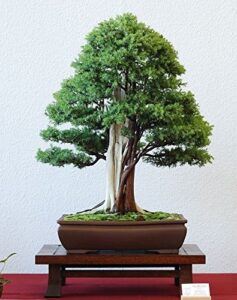 This species can be found in a wide range of Northern Hemisphere areas with a broad distribution. It is known for its adaptability with pruning, wiring, and the whole bonsai process. This juniper is used in various ways, including gin production.
This species can be found in a wide range of Northern Hemisphere areas with a broad distribution. It is known for its adaptability with pruning, wiring, and the whole bonsai process. This juniper is used in various ways, including gin production.
Eastern Red Ceder (Juniper virginiana)
This is one of the common juniper species cultivated for bonsai. This juniper’s natural habitat is North America and known for its blueish-purple small cones often used as the source of aromatic wood.
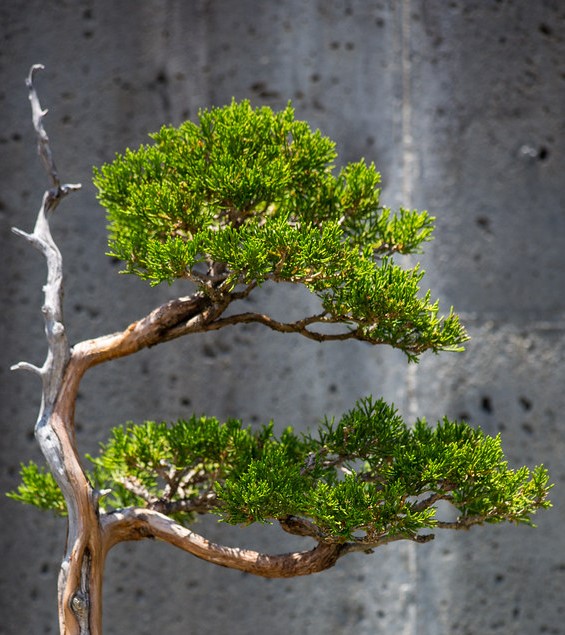
Chinese juniper (Juniperus chinensis):
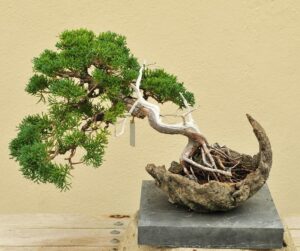 This species is native to East Asia and popular amongst bonsai enthusiasts for various forms and colors including blue and green. Looking at this you will get the Asian cultural vibe which is another reason for collecting this as bonsai. Itoigawa Juniper is a unique variety of Chinese juniper.
This species is native to East Asia and popular amongst bonsai enthusiasts for various forms and colors including blue and green. Looking at this you will get the Asian cultural vibe which is another reason for collecting this as bonsai. Itoigawa Juniper is a unique variety of Chinese juniper.
Green mound juniper or Japanese garden juniper (Juniperus procumbens nana):
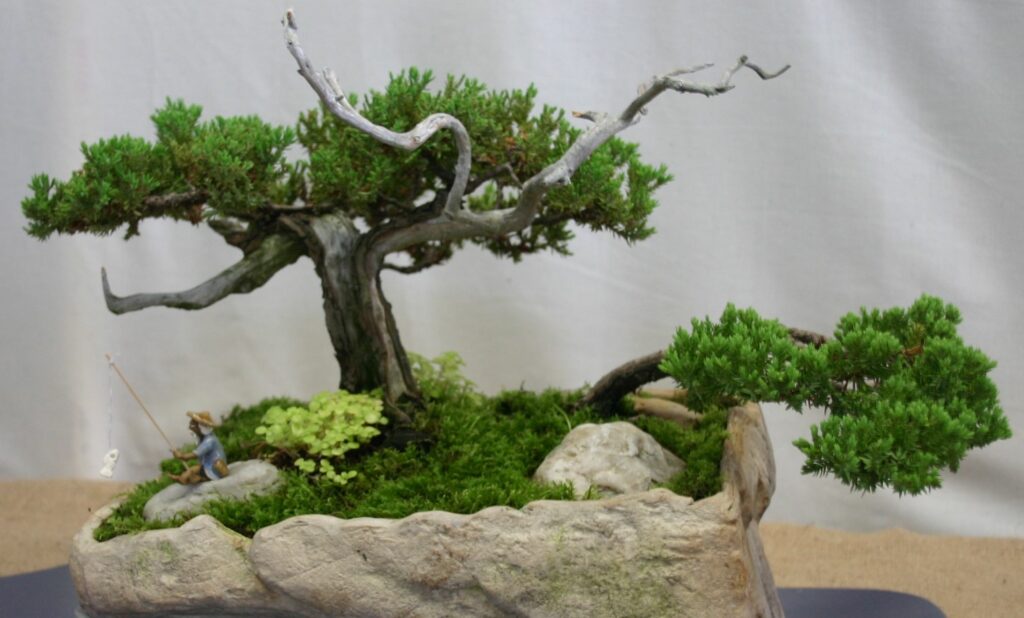
This is the most common juniper species cultivated around the world as bonsai. As the art of bonsai belongs to the Japanese tradition, people want to grow this as a symbol of realistic Japanese bonsai art form. This can easily be found in online shops compared to other juniper species. This species habitat varies in many regions but it is native to Japan with needle-like foliage.
Creeping Juniper (Juniperus horizontalis):
This species is often used as ground cover and attractive for blue-green foliage. It has a low, spreading habit that looks attractive as a bonsai, belonging to the vast area of Alaska and Canada as a natural habitat.
Rocky Mountain Juniper (Juniperus scopulorum):
This species is native to the North American Rocky Mountains and has blue-gray to green foliage, reddish brown barks, and needle-like foliage with berry-like cones that come with blueish, purple to dark blue or black. This juniper can tolerate drought conditions more than any other juniper and has cultural significance among Native American tribes for crafting tools and weapons.
Savin Juniper (Juniperus Sabina):
This juniper has a similar characteristic to the Rocky Mountains such as low, spreading growth habit, and is often used for ground cover. Savin juniper is native to Europe and Asia and is known as the Russian Juniper grown as bonsai for ornamental qualities. It can grow up to 3 feet in height and several feet in horizontally awl-shaped dark green leaves. It produces berry-like cones that change color from green to purple and black. This juniper is suitable for a wide range of climates from Zones 4 to 8 and is resistant to many garden pests and diseases.
California Juniper (Juniperus Californica):
Is native to North America and primarily found in California Comes with a height of 15 to 25 feet and can grow even under the right conditions. This juniper produces bark in a reddish-brown color and greenish-blue leaves that are arranged in opposite pairs along the branches. It produces green to reddish-brown fleshy berry-like cones. It has the ability to adapt to arid drought and arid conditions. The thick barks give protection from fire and can live several centuries.
Read the bad sides of bonsai.
